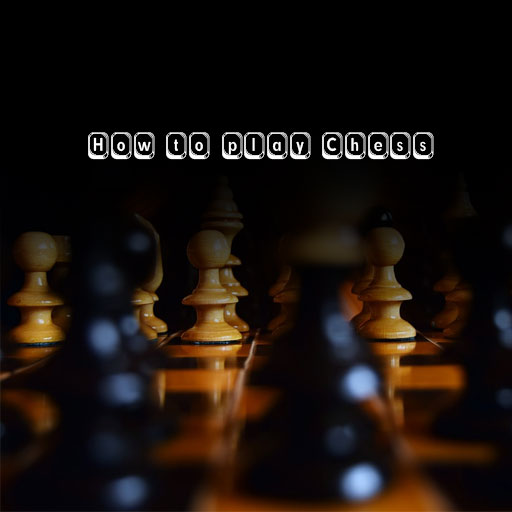
A board game that is not only fun but also improves your agility, thinking ability, cognitive functions and smartness – Yes! We are talking about chess. Chess is a complicated game with compelling, complex strategic ways and tactics that need to be used to win.
No matter how old you are, it’s never late to play a game of chess or to learn it if you don’t know how to. The most famous board game in the world has some simple rules on which the game is based, which will be thoroughly explained in this article. Read below and learn all about this fun game easily!
The Chess pieces and their arrangement
Starting from the basics, each player gets 16 pieces to play with. The chess pieces are six types. The articles include:
- One King piece
- One Queen piece
- 2 Bishops pieces
- Two Rook pieces
- 2 Knight pieces
- 8 Pawns
Each person gets these as either black or white pieces. The chess board contains 64 squares, half of which are white and the other half are black. The pieces are arranged from the player’s point of view, i.e. each one’s left to right. The order of arrangement is as follows:
Rook, Knight, Bishop, King, Queen, Bishop, Knight, Rook in the first row and all the eight pawns are arranged in the second row.
How to move chess pieces
After the arrangement comes to the movement. Pawns can move only forward, either 1 or 2 squares. On reaching the other end of the chessboard, the pawn gets promotion as a higher piece. Rooks can move either forward, backward or sideways in a straight line. Knights can ‘jump’ off unlike others and cannot be blocked. The bishop is accustomed to diagonal movement in each or any desired direction. The queen is to move in straight and diagonal lines either sideways, backward or forward. The king can go in any place but only one square only each time. It cannot be moved to any position that the opponent is attacking.
Checkmating and stalemating
The only way you can win a match in chess is to put the opponent’s king under “checkmate”. Checkmate is when the king is in check by the opponent’s piece which can neither be blocked nor captured, and the king is in check cannot move anywhere.
“Stalemate” is a tie to put it simply. When all the spaces are in under attack around the king, but the king is not under checkmate, blocking the path of the king, it is referred to as “stalemate”. It is a condition achieved when there is no room for the player to move or any legal tactics for an opponent to use.
In conclusion, there are uncountable ways to win in a game of chess, and the best thing about it is the numerous tactics and strategies that can be used to play your pieces. Piece value, Board control, and Pawn promotion are some of the basic strategies that are used by countless others. So, go ahead, grab a board and play and maybe make your very own approach too while you’re having fun with it!
